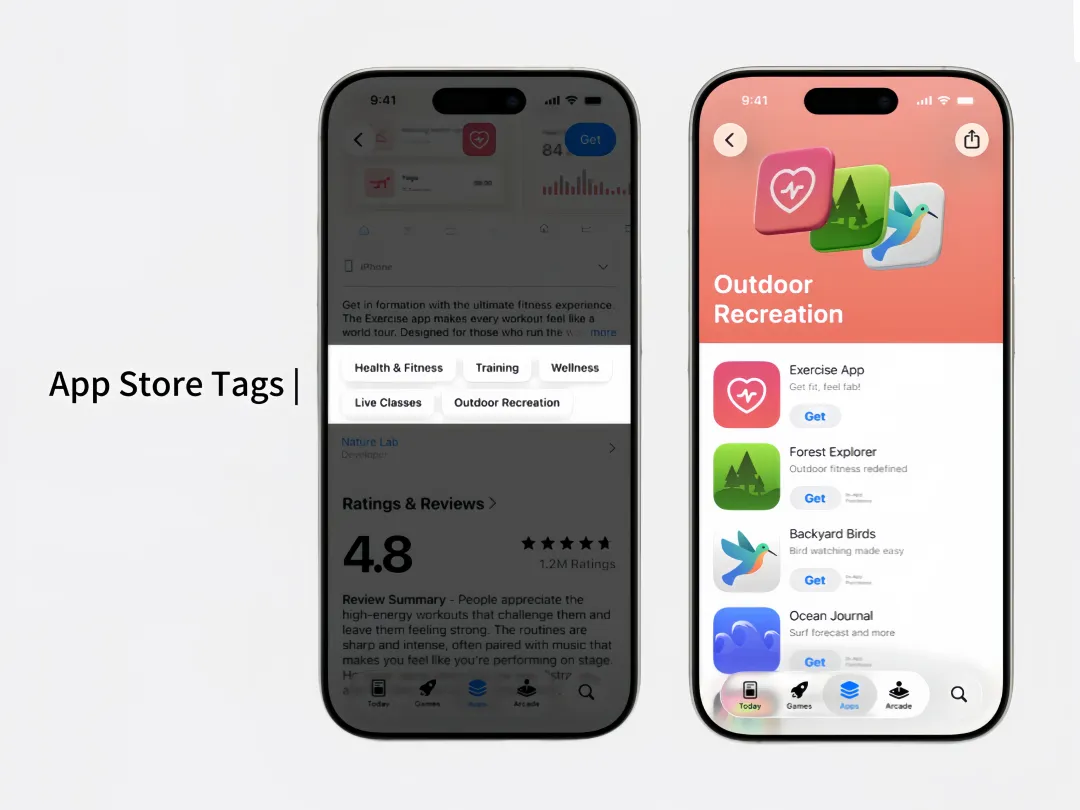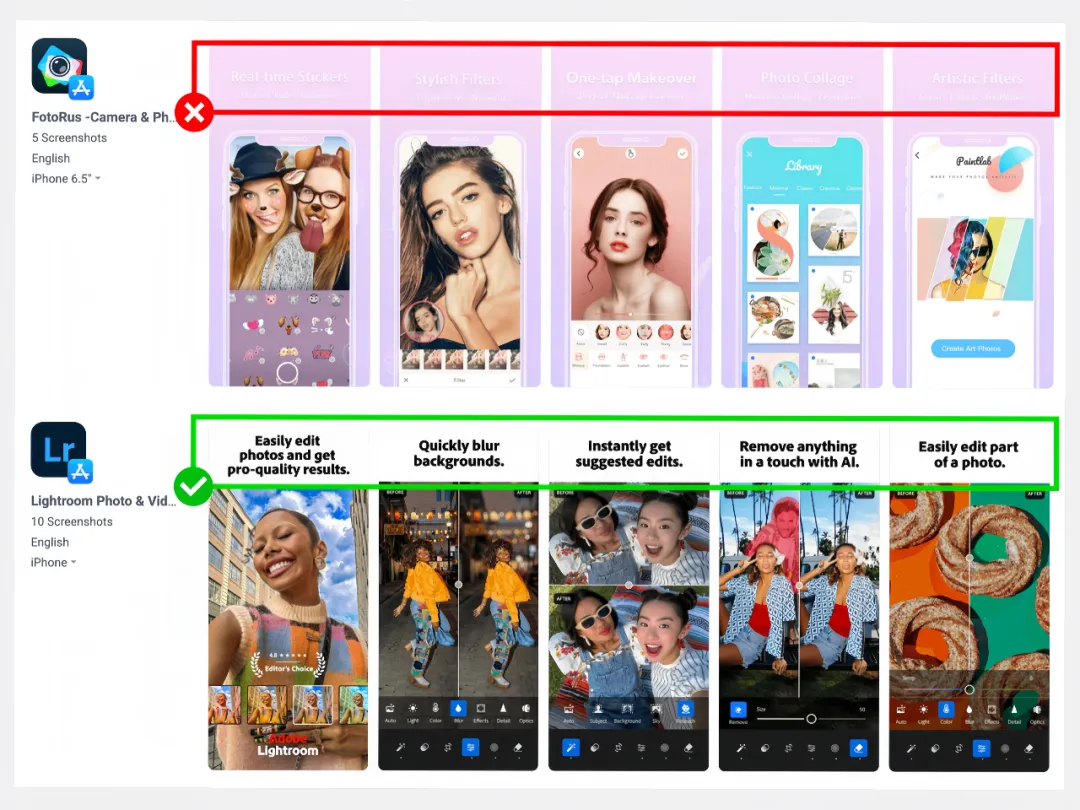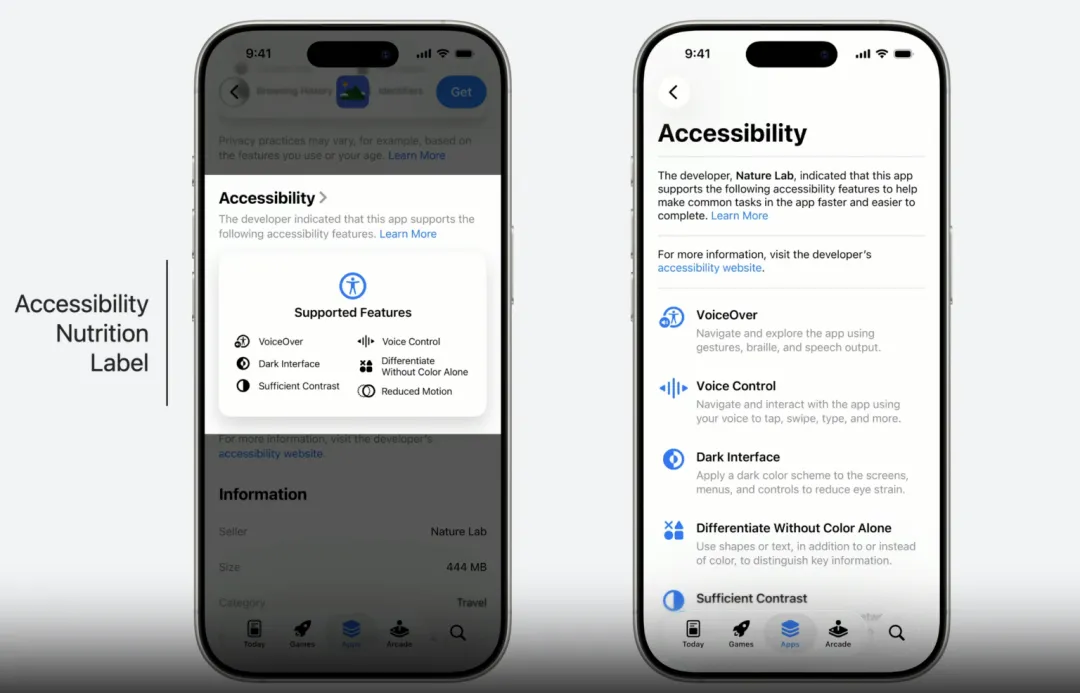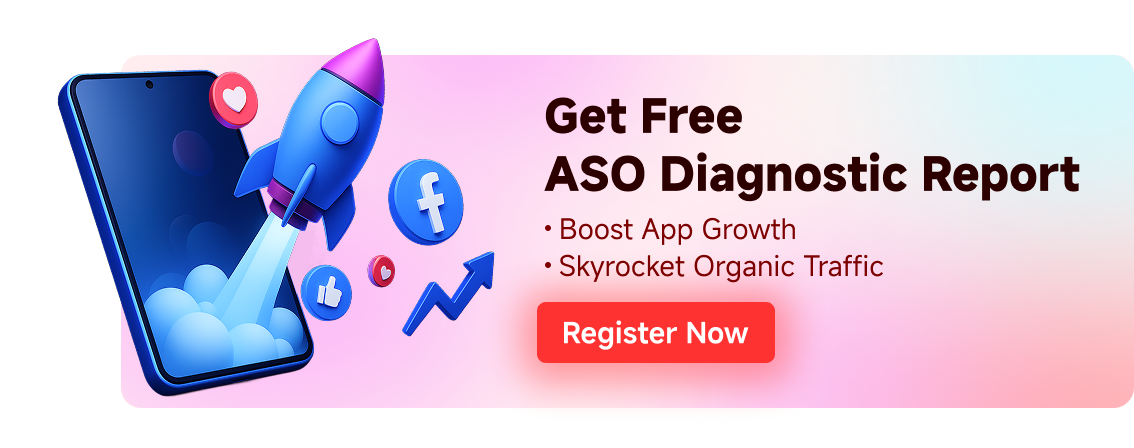
Loading...
Free consultation with ASO specialists
Doing ASO for the first time or have no idea how to carry out targeted optimization of your app?
We offer one-on-one customized services provided by app marketing specialists
WWDC25 Redefines App Ecosystem: Five Features Ignite an App Store Acquisition Revolution
2025-06-17
During WWDC25, Apple introduced key upgrades to the App Store and App Store Connect, spanning app discovery mechanisms, search logic, product page customization, data analytics, and user experience optimization. This article highlights core updates, detailing their technical logic, rollout timelines, and strategic impact on developers to help industry players seize new ecosystem opportunities.
1. App Tags: AI-Powered Contextual Discovery Engine
Functionality
App Tags are AI-generated identifiers created by Apple’s LLM analysis of app metadata (descriptions, keywords, reviews, etc.). After manual review, tags appear in App Store Connect for developers to activate. Users can click tags to view related app collections. Tags surface in search category recommendations and results, enabling discovery by specific use cases—not just broad categories.

Rollout Timeline
-
Testing English tags for select U.S. apps (Current)
-
Full U.S. coverage + additional languages by end-2025
Acquisition Impact
Tags boost precision exposure (e.g., a fitness app appears under "HIIT Workouts" instead of generic "Health"). They also reshape search ranking: tag-related keywords may gain algorithmic weight.
Developer Strategy
-
Metadata Optimization: Naturally embed scenario keywords in descriptions, screenshots, and reviews.
-
Tag Testing: Select 3–5 high-relevance tags; avoid overly broad tags to protect conversion.
-
Competitor Analysis: Study rivals’ tags to identify differentiation opportunities.
2. Natural Language Search: The Era of Intent Matching
Functionality
Users can search using everyday phrases (e.g., "Find an app to beautify my kid’s photos"). The system matches intent via semantic analysis-not just keyword strings.
Rollout Timeline
-
U.S. English-only (Current)
-
Expansion to U.S. apps + languages in 2025
Acquisition Impact
Traditional keyword stuffing becomes obsolete. Long-tail traffic grows, while user reviews gain value as algorithms mine them for high-frequency phrases. Apple Ads' long-tail keyword impressions will likely rise.
Developer Strategy
-
Build Scenario Lexicons: Curate real-user phrases (e.g., "free background remover tool").
-
Review Optimization: Use in-app prompts to encourage scenario-specific reviews.
-
Apple Ads Adjustment: Bid on long-tail keywords (e.g., "large-font budgeting app for seniors") and add negative keywords.
3. Custom Product Page Keywords: Hyper-Personalized Conversion Engine
Functionality
Developers can assign unique keywords (from their app’s keyword bank) to Custom Product Pages (CPPs). When users search these terms, the matching CPP displays—not the default page.

Rollout Timeline
Global launch in late 2025.
Acquisition Impact
-
Higher Conversion: Show discount-focused CPPs for "promo code" searches; highlight premium features for "pro version" queries.
-
Traffic Attribution: Track search-driven installs and in-app actions per CPP in App Store Connect.
-
Organic/Paid Synergy: Use identical CPPs for Apple Ads and organic results on the same keyword.
Developer Strategy
-
Keyword Tiering:
-
High-Intent Terms: Bind to dedicated CPPs (e.g., "free trial," "annual subscription").
-
Generic Terms: Keep default pages.
-
-
A/B Test First: Validate CPP creatives via Apple Ads before keyword binding.
-
Prevent Cannibalization: Assign one keyword per CPP to avoid internal competition.
4. Screenshot Keywords: The Stealth Ranking Factor
Functionality
Industry analysts report Apple uses OCR technology to scan screenshot text. Keywords detected may influence search rankings—though unconfirmed officially. Algorithm fluctuations have been observed by ASO tools.

Rollout Timeline
Experimental; no official launch date.
Acquisition Impact
Screenshot keywords can reinforce core terms or add new ones (e.g., adding "AI retouch" to a "photo editor" screenshot). Avoid overstuffing to preserve user experience.
Developer Strategy
-
Safe-Zone Design: Place keywords in top/bottom 1/3 of screenshots (OCR hotspots).
-
Visual Optimization:
-
Use sans-serif fonts; avoid stylized text.
-
Ensure text/background contrast ratio ≥4.5:1.
-
-
Focus Per Screenshot: Highlight one feature per image.
5. Accessibility Tags: Inclusive Design as a Traffic Driver
Functionality
Nine new accessibility tags (VoiceOver, Larger Text, Voice Control, etc.) appear on product pages. Developers must accurately tag implemented features.

Rollout Timeline
-
Configurable in beta (Current)
-
Tags function as search keywords from Fall 2025.
Acquisition Impact
Apps tagged "VoiceOver Support" gain visibility in accessibility-related searches, tapping into untapped markets (e.g., visually impaired users). False tagging triggers review penalties.
Developer Strategy
-
Audit Features: Only tag fully supported functions (e.g., test Dark Mode across all screens).
-
Enhance UX: Ensure font scaling works universally; enable voice control for core actions.
-
Pre-Fall Prep: Complete tagging by September 2025 to capture new search traffic.
6. Beyond the Store: Broader Ecosystem Upgrades
WWDC25’s impact extends far beyond the App Store:
-
On-Device AI: Integrate local LLMs with 3-line Swift code for privacy-safe features (e.g., Day One’s auto-journaling).
-
Xcode 26 AI: Built-in LLM assists code generation/error fixes + voice coding, boosting dev efficiency by 40%.
-
Unified Design: Liquid Glass design language spans iOS to visionOS, cutting cross-platform adaptation costs.
-
iPadOS Pro Workflow: Stage Manager supports freeform window resizing; Files app adds list views + folder drag-and-drop.
Action Plan: Seize Intent-Based Growth
Agility is critical:
-
Revise Metadata (By July): Embed phrases like "free photo editor" to steer AI-generated tags.
-
Build CPP Matrix (By August): Design targeted pages for top 5 high-intent keywords.
-
Accessibility Compliance (By Sept): Test features in Xcode; tag accurately.
-
Track New Metrics: Monitor "Search → Install → Purchase" funnels for CPPs in App Analytics.
As screenshot text influences rankings and accessibility tags unlock searches, Apple is shifting "app discovery" to "scenario matching." Developers mastering these rules will capture the first wave of traffic growth—now is the time to overhaul ASO strategy.
Act Now to Capitalize!
New rules bring new risks:
-
Use [Keyword Rank Booster] to optimize search weight.
-
Scan metadata with [Free ASO Health Check] for scenario keyword gaps.
Related recommendations

